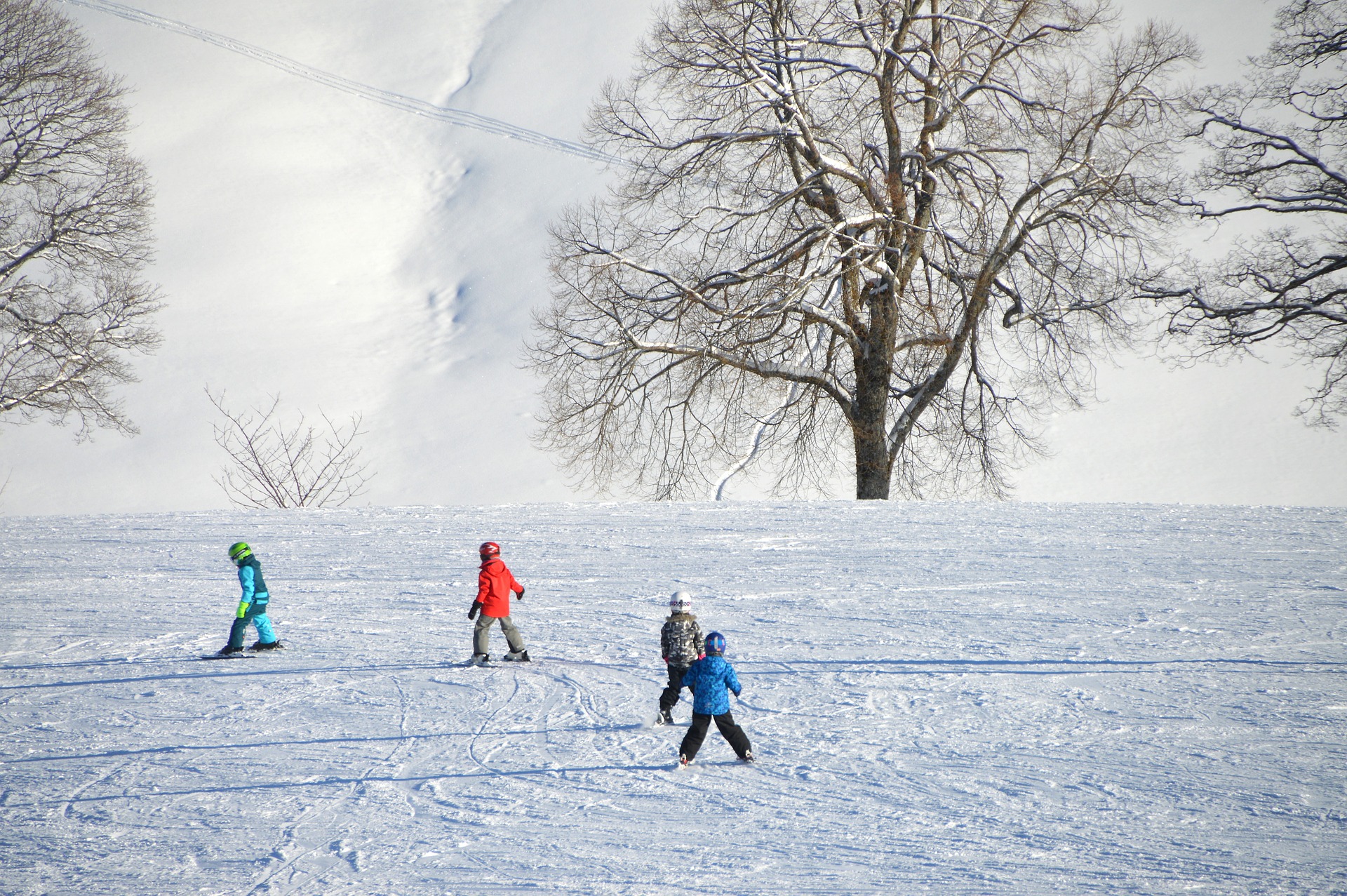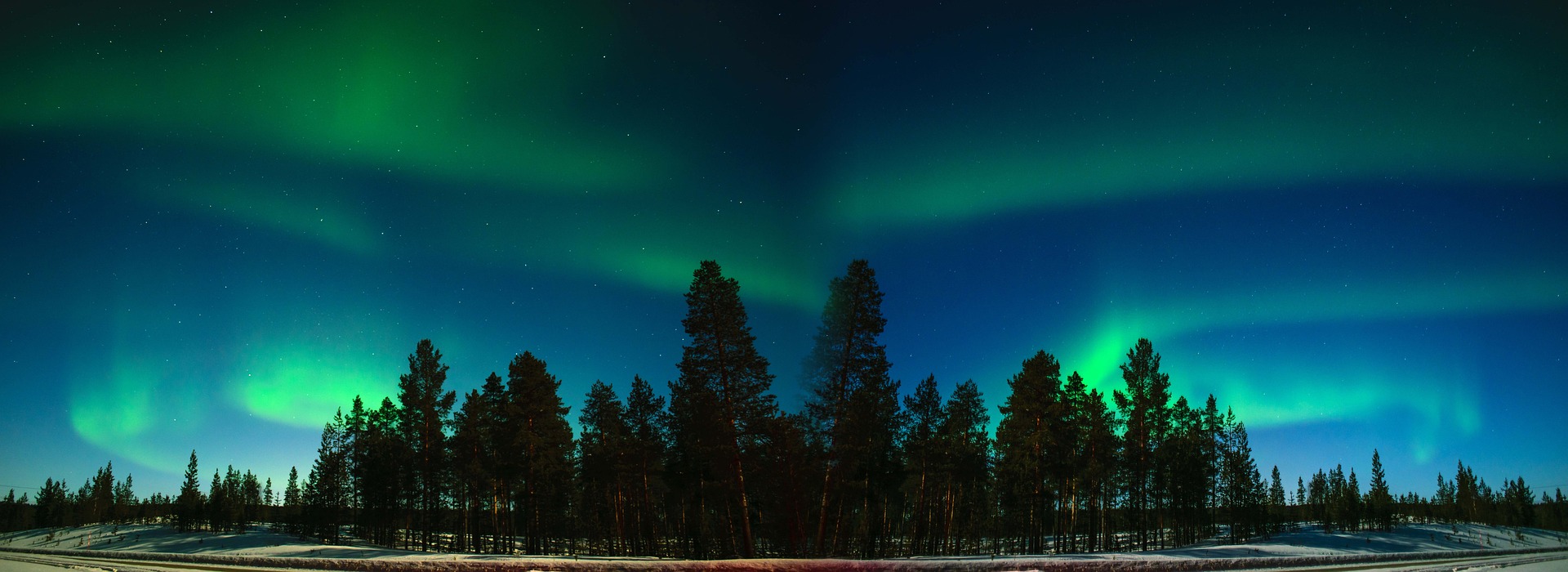Environmental Education in Finland

Environmental Education in Finland: the Experiential Way
One of the key features of environmental education in Finland is the focus on experiential learning. This means that students are encouraged to learn about the environment through hands-on experiences, such as field trips, outdoor activities, and practical projects. Teachers are trained to use these methods effectively and to integrate them into their teaching.
One of the ways that experiential learning is implemented in Finland is through field trips and outdoor activities. Students are often taken on trips to natural areas, such as forests, lakes, and national parks, where they can learn about the environment and engage in practical activities such as hiking, camping, and wildlife observation. These experiences help students develop a sense of connection to nature and an appreciation for the natural world.
In addition to field trips, experiential learning is also incorporated into the classroom through practical projects and hands-on learning activities. For example, students may be asked to design and build a model of a sustainable home, or to conduct experiments to investigate environmental issues such as water pollution or climate change.
Teachers in Finland are trained to use experiential learning techniques effectively and to integrate them into their teaching across all subjects. The emphasis on experiential learning is part of a broader approach to education in Finland that prioritizes active learning, critical thinking, and problem-solving.
Overall, experiential learning is an important part of the education system in Finland, helping to provide students with a well-rounded education that prepares them for success in their future careers and in life. By emphasizing practical experiences and hands-on learning, Finland is helping to create a generation of environmentally aware and engaged citizens who are equipped to tackle the complex environmental challenges of the future.
The Finnish Forest Schools
The Finnish forest school, also known as "metsäkoulu" in Finnish, is a type of educational program that emphasizes outdoor learning and nature-based experiences. The forest school is typically held in natural settings such as forests, parks, and other outdoor areas.
In the forest school, students are encouraged to explore and learn about the natural environment through hands-on activities and experiences. For example, students may engage in nature hikes, wildlife observation, and plant identification. They may also participate in practical projects such as building birdhouses or planting trees.
The forest school approach to education is based on the idea that children learn best through active exploration and experiential learning. By spending time in nature, students are able to develop a sense of connection to the natural world, as well as important skills such as problem-solving, creativity, and critical thinking.
The Finnish forest school is a popular form of education in Finland, where the country's natural environment is considered a valuable resource. Many Finnish schools have adopted forest school principles and incorporate outdoor learning into their curriculum. The forest school approach is also gaining popularity in other parts of the world as a way to promote environmental education and engage students in meaningful learning experiences.
The Finnish National Curriculum
In Finland, environmental education is included in the national core curriculum for basic education, which is mandatory for all schools. The core curriculum emphasizes the importance of sustainable development and environmental education, and requires that all schools provide education on these topics. In addition to the core curriculum, there are also a number of environmental education initiatives and organizations in Finland.
Overall, environmental education in Finland is thriving, reflecting the country's strong commitment to sustainability and the environment. By providing students with the knowledge and skills to understand and protect the natural world, Finland is helping to build a more sustainable future.

Finnish Association for Nature Conservation
The Finnish Association for Nature Conservation (FANC) is a non-governmental organization that works to protect and conserve Finland's natural environment. It also provides resources and training for teachers, and organises environmental education programs for students. Founded in 1948, the organization has over 160,000 members and is one of the largest environmental organizations in Finland.
FANC works on a range of environmental issues, including biodiversity conservation, climate change, sustainable use of natural resources, and environmental education. The organization conducts research, engages in advocacy and lobbying, and organizes campaigns and events to raise awareness and promote environmental protection.
One of FANC's key activities is providing resources and training for teachers to help them integrate environmental education into their teaching. The organization also organizes environmental education programs for students, including field trips and hands-on learning activities.
FANC is also involved in monitoring and protecting Finland's natural areas and wildlife. The organization manages a number of nature reserves and provides guidance and support to local conservation groups.
Overall, the Finnish Association for Nature Conservation plays an important role in promoting environmental protection and sustainability in Finland. Its work helps to raise awareness about environmental issues and provides practical solutions for protecting Finland's natural environment.
The Finnish Nature League is FANC's youth organisation and is a nation-wide non-governmental nature and environmental protection organization for children and the youth. It carries out activities such as campaigns, courses, outdoor activities, family events, hikes, nature camps.
Young environmentalists make an impact
Young environmentalists in Finland are making waves in their communities by taking meaningful and effective action to protect the environment. Their efforts are drawing attention and inspiring others, both in Finland and beyond.
Many of these eco youth have succeeded in achieving their environmental goals through a combination of grassroots activism, educational initiatives, and community involvement. These young Finns, passionate about environmental sustainability, have become role models for their peers.
One such inspiring individual is Sofia Suominen, a 16-year-old from Helsinki, who founded a local recycling initiative at her school. Sofia's project aimed to reduce waste by encouraging students and staff to recycle more effectively.
Sofia leveraged the support of her teachers and fellow students, successfully implementing a comprehensive recycling program that decreased the school's waste output by 25% in the first year alone. Her efforts didn't go unnoticed, earning her a national award for environmental education.
Another remarkable young environmentalist is Mikael Rantanen, a 17-year-old from Tampere, who led a campaign to improve air quality in his city by promoting the use of public transportation and cycling. Mikael worked with local authorities to create safer bike paths and more accessible public transit options.
Through his persuasive presentations and community-wide events, Mikael managed to increase the number of cyclists in Tampere by 30%. His campaign not only reduced carbon emissions but also enhanced the community's health and well-being.
These young environmentalists in Finland exemplify how passion and determination can lead to tangible success. They are part of a growing movement of eco youth who are mobilizing to tackle various environmental challenges.
Teachers of children aged 12-18 can draw inspiration from these stories and encourage their students to take similar actions. By highlighting the achievements of young environmentalists, teachers can motivate their students to think critically about their own impact on the environment.
In addition to individual efforts, some young Finns are also involved in larger, organized groups dedicated to environmental activism. For instance, the youth organization "Luonto-Liitto" (Nature League) has been instrumental in fostering a love for the environment among young people.
Luonto-Liitto provides resources and support for various environmental projects, from forest conservation to climate change awareness campaigns. The organization's success lies in its ability to empower young people to take action.
A notable project by Luonto-Liitto involved organizing tree-planting events across Finland. These events, led by young volunteers, resulted in the planting of over 10,000 trees, significantly contributing to reforestation efforts.
Such collaborative initiatives demonstrate the power of environmental education and the importance of community engagement. By working together, these eco youth are making a meaningful impact on Finland's natural landscape.
Teachers looking to inspire their students can take a page from Luonto-Liitto's playbook by organizing hands-on environmental projects that involve the entire class. Such activities not only teach students about environmental responsibility but also foster teamwork and leadership skills.
The Finnish government has also played a role in supporting young environmentalists. Various grants and funding opportunities are available for youth-led environmental projects, encouraging young people to take initiative.
For instance, the Finnish Ministry of the Environment offers financial support for innovative environmental projects proposed by young people. This support has led to the development of numerous successful initiatives across the country.
One such project, funded by the Ministry, is the "Clean Waters" initiative led by 18-year-old Emil Näissä. Emil and his team focused on cleaning up lakes and rivers in their region, involving hundreds of volunteers in the process.
The Clean Waters initiative collected over 5,000 kilograms of waste from Finland's waterways, greatly improving the local ecosystem. Emil's dedication and the project's success have been widely recognized, serving as a beacon of inspiration for others.
Another impressive example is 15-year-old Liisa Koskinen, who started a campaign to reduce single-use plastics in her community. Liisa partnered with local businesses to replace plastic items with eco-friendly alternatives.
Through her determined efforts, Liisa managed to eliminate over 50,000 single-use plastic items annually, significantly reducing the community's plastic waste. Her campaign garnered national attention and influenced other municipalities to adopt similar practices.
These success stories of young environmentalists in Finland highlight the potential for youth to drive significant environmental change. Teachers can leverage these examples to inspire their students and encourage them to pursue their environmental passions.
In classrooms, teachers can create a dynamic learning environment by integrating environmental education into the curriculum. This approach not only enhances students' knowledge of environmental issues but also empowers them to take positive action.
For example, teachers can organize classroom discussions on current environmental challenges, and encourage students to brainstorm solutions. Hands-on activities, such as organizing a school garden or a recycling program, can also be highly effective.
Field trips to natural sites or environmental facilities can provide students with a deeper understanding of environmental conservation efforts. Visiting locations where successful environmental projects have been implemented can be particularly inspiring.
Collaboration with local environmental organizations can further enhance students' learning experiences. Partnerships with these organizations can provide real-world insights and opportunities for students to contribute to ongoing environmental projects.
By fostering a culture of environmental responsibility, teachers can help create a new generation of environmentally conscious individuals who are equipped to tackle future challenges. The success of young environmentalists in Finland serves as a testament to the impact that youth can have on our world.
Incorporating stories of young environmentalists into classroom discussions can provide relatable role models for students. Learning about their peers' actions and achievements can make environmental activism feel more accessible and achievable.
Teachers can also use online resources, such as videos and social media profiles of young environmentalists, to create engaging and interactive lessons. These resources provide a vivid glimpse into the real-world impact of environmental activism.
Encouraging students to participate in local environmental events or campaigns can further reinforce their commitment to environmental conservation. Active involvement helps students develop a sense of agency and responsibility.
Many young environmentalists in Finland have demonstrated that significant change is possible through collective action. Teachers can facilitate group projects that encourage collaboration and community involvement, mirroring the success of Finnish eco youth.
As these young environmentalists continue to make strides, their stories serve as powerful examples of what can be achieved when passion meets action. By celebrating these successes, teachers can inspire their students to envision and work towards a sustainable future.
The achievements of young environmentalists in Finland remind us that every small action can contribute to a larger goal. Teaching students the importance of perseverance and creativity in solving environmental issues is crucial.
In conclusion, the success of young environmentalists in Finland is a testament to the power of youth in driving positive environmental change. Teachers play a pivotal role in nurturing this potential, and by sharing these inspiring stories, they can motivate their students to take action.
Finnish history of protecting the environment

Finland has a long history of valuing and protecting its natural environment, dating back to the 19th century when the country was still under Russian rule. One of the earliest environmental laws in Finland was the Forest Act of 1886, which aimed to regulate forestry practices and prevent overexploitation of forests.
In the 20th century, Finland continued to prioritize environmental protection, with the establishment of the Finnish Association for Nature Conservation in 1948, and the enactment of several key environmental laws in the 1970s and 1980s. These included the Environmental Protection Act of 1970, which established a legal framework for environmental protection in Finland, and the Nature Conservation Act of 1982, which provided for the protection of Finland's biodiversity and natural areas.
Finland has also been a leader in international efforts to protect the environment. The country was a signatory to the Stockholm Convention on Persistent Organic Pollutants in 2001, and has taken a strong stance on issues such as climate change and marine conservation.
Finland' s current situation regarding protecting the environment
Today, Finland is recognized as one of the world's most environmentally friendly countries. The country has set ambitious targets for reducing greenhouse gas emissions, and has made significant investments in renewable energy and sustainable transportation. Finland's forests and lakes are also among the cleanest and most pristine in the world, thanks to the country's commitment to responsible forestry and environmental protection. Environmental Education in Finland reflects the achievements of the country both in the past and in the present.